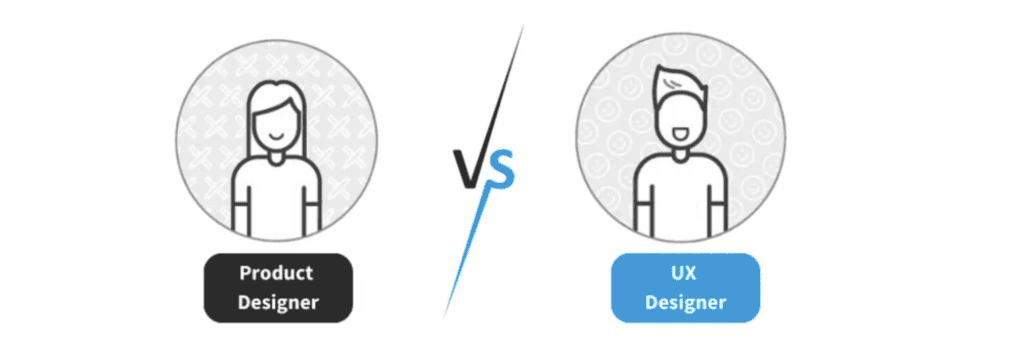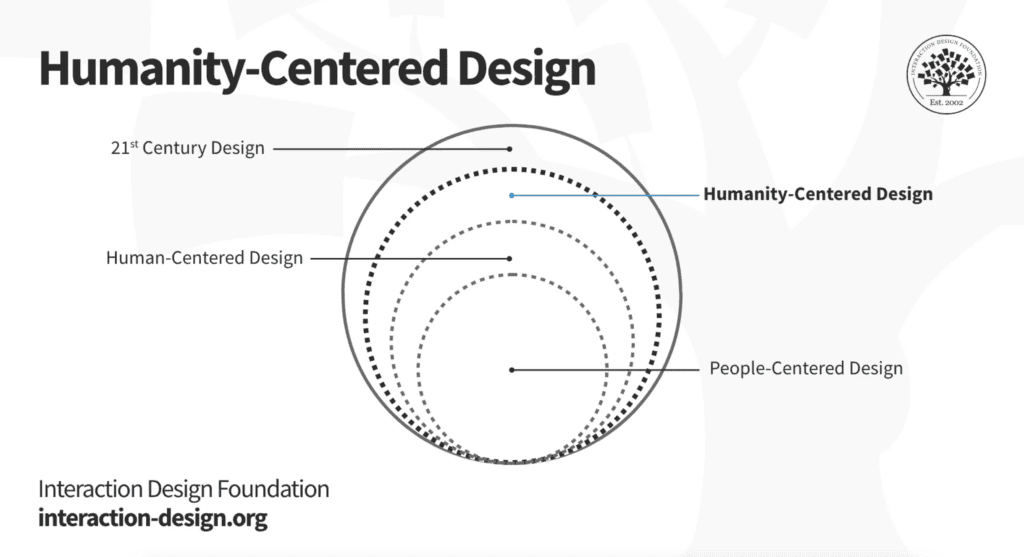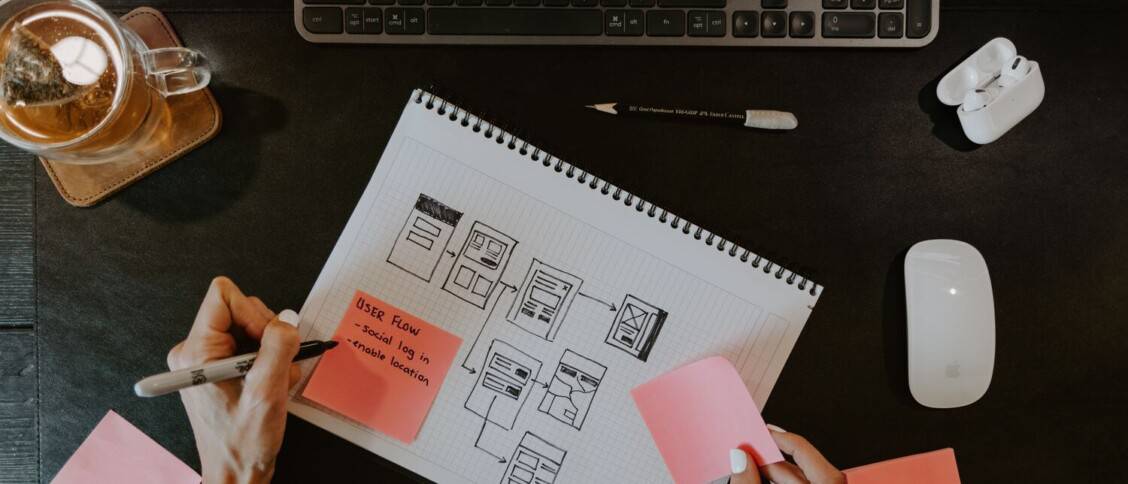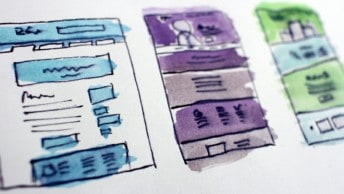Are you interested in building a career in UX (User Experience) Design? While scouting UX design job boards, you’ve likely come across a listing titled ‘Product Designer.’ Reading the job description, you probably found it similar to that of a UX designer. If that confuses you, don’t worry! You’re in the right place.
It’s not just you! Often, people are not able to differentiate between the two roles. Why? Because the roles and responsibilities of the two often overlap, depending on the company. However, as you dig deeper, significant differences emerge in their operations.
You may find it challenging to decode the nuances of these roles, but we’ll make it easy for you. Here’s a list of the most prominent differences between UX and Product designers.
Differences Between Product Designer and UX Designer
1. Roles and Responsibilities
UX designers focus on improving the user experience by conducting user research. Moreover, they organize information effectively by creating user-friendly interfaces.
In contrast, Product designers emphasize the product vision. They take care of the UX as well as the UI design?, have a broader scope, are in charge of visual design, and develop design systems. They engage with cross-functional teams and perform prototyping. Other factors they take into account are technical feasibility and business goals.
Product designers take a comprehensive approach. They ensure that the product offers a great user experience and they improve the user experience while following their organization’s goals. Keeping a broad perspective, they ensure the development satisfies both user and business requirements. On the other hand, UX designers strive to make the user interface appealing and engaging. They create the look, feel, and user experience.

2. Main Objectives
While a product designer’s primary goal is to conceptualize and design the product, a UX designer’s primary goal is to focus on the user journey of the product.
A product designer looks at the product from a business perspective. They aim to meet user requirements and achieve business goals simultaneously. They maintain a balance between the users’ needs and brand value.
On the other hand, a UX designer looks at the product from a usability perspective. Their objective is to make improvements in the development process with constant feedback. Another key objective is to adapt to the changing needs of their users.
Product designers are concerned with the business part of the product, while UX designers are concerned with the user experience.
3. Exploring Modern Design Methodologies
A design methodology is a framework for conceptualizing and creating products or services. It takes user requirements, functionality, and aesthetics into account. These methodologies are essential for speeding up decision-making and producing high-quality outcomes.
The process of UX design begins with comprehending user needs and behaviors. UX designers use human-centered design principles that require extensive user research, including testing, surveys, and interviews. UX designers strive to create solutions that match user preferences and expectations, thereby improving the user experience.

Product designers aim to comprehend their target audience. They locate problems and come up with solutions to improve the user experience. In addition, Product designers conduct market research to stay relevant. They keep tabs on the latest trends and shifting tastes of the audience.
4. Skills set
UX designers must be able to visualize a product’s appearance in advance. They have to trace out each step when using a product.
Product designers have to think from an audience’s point of view. They must have a flair for details, including trending designs and innovative patterns.
Here’s an overview of the critical skills required to become a UX or product designer.
| Product Designer Key Skills | UX Designer Key Skills |
| Architectural skills for mobile apps and websites | Ability to envision user’s mind |
| Ability to understand user problems and perspectives | Good knowledge of interaction design |
| Good communication skills for effective idea sharing | Quantitative and qualitative research |
| Strong understanding of design and 3D modeling tools | Knowledge of UX design principles |
| Design and 3D modeling tools (e.g., Blender, Rhino, SolidWorks) | Comprehensive understanding of design tools like Figma, Sketch, Adobe XD, etc. |
5. Qualifications
To nail a job as a product designer, you must earn a bachelor’s degree or have a solid portfolio. A good understanding of computer-aided design, sketching, and manufacturing techniques is essential.
Similarly, UX designers may need a bachelor’s degree and/or a UX design portfolio, too. In addition to this, a couple of interaction design and project management courses are mandatory for a UX designer.
6. Career Paths
Product designers and UX designers take different career paths within the design industry. Product designers start out as Associate Designers. Gradually, they progress up to mid-level and senior positions or specialize in interaction design and design management. They might start doing business, consulting, teaching, or mentoring as their careers progress.
A UX designer’s career path involves a range of abilities and duties. They focus on comprehending user requirements and creating the best experiences. UX designers ensure that every interaction is clear, understandable, and fun. They engage in user research, wireframing, and prototyping. Their career path offers fantastic advancement opportunities.
UX designers start their journey at the Junior level. With time and adding to their experience, they take on senior roles like Senior Designer, Design Manager, and Design Director.
7. Salary Expectations
According to Glassdoor, the average annual salary for product designers in the US is around $105,000. However, actual salaries can vary due to different factors. An experienced senior product designer working for a big company may make over $200,000 annually. At the same time, a new Product Designer with little experience earns no more than $50,000.
The average annual salary of a UX designer in the US is just under $103,000. UX designers in the initial stage make considerably less, close to $58,000. As they gain experience, they may earn around $200,000 or more at big corporations.
Product designers and UX designers have different roles and responsibilities. They require a specific set of skills and qualifications.
If you are a multi-tasker, product design is your perfect job. You could be a great fit if you want to engage in each step of product design. On the other hand, a UX designer thinks critically by getting into the user’s mind. If understanding user psychology is your forte, you can choose UX design as a career. Remember, no matter which role you go for, it’s essential to keep updating your skillset and stay in step with the industry trends to ace your job.
To get a more detailed differentiation of roles, read this article on Product Design and UX Design Roles.
Where to Learn More
To learn more about User Experience (UX) Design, take the User Experience, The Beginner’s Guide course.
Want to know more about different UX roles and specializations? Check the ultimate guide to understanding UX roles and which one you should go for.
Not sure if there’s a demand for UX designers? Read this article to find out.
Another helpful comparative analysis of UX vs. Product Design by UX Pin.





